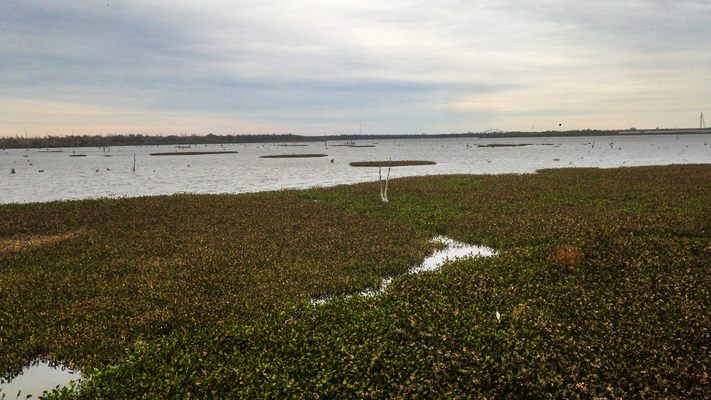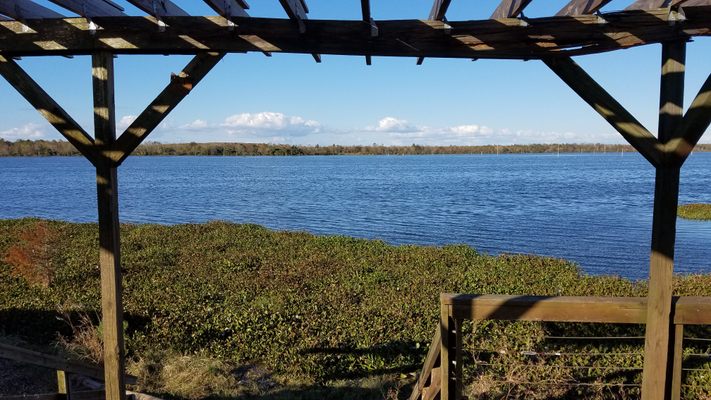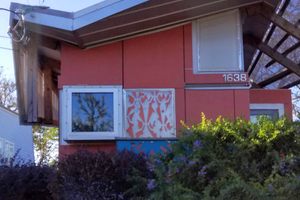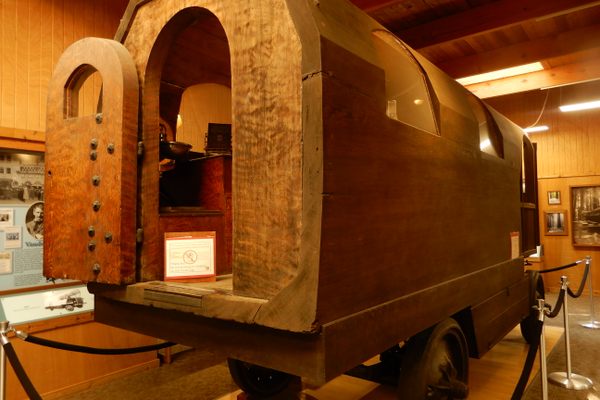About
A platform in the Lower Ninth Ward of New Orleans overlooks 400 acres of a cypress tree "ghost swamp," a once thriving natural habitat dense with protective cypress trees up until the 1960s. Today, the area is mostly open water, with only a few sparse trunks struggling up from the waterline. In a neighborhood so damaged by Hurricane Katrina, this park serves as a sobering monument to the impact of human destruction on natural habitats.
It was the construction of levees, canals, and channels that turned this freshwater swamp into a saltwater marsh, killing all the cypress trees in the process and turning the bayou into open waters. Tree loss extends beyond the loss of natural habitats, once considered one of the most productive in the world. The trees were a natural buffer to storm surges and winds, and their loss makes the coastal habitat more vulnerable to the increasingly devastating storms. Wetlands, especially cypress forests, act as natural “horizontal levees” that supplement other storm-mitigating efforts.
Sitting on the platform, visitors are invited to ponder the significant effects of the loss of habitat. Since 1932, the Mississippi Delta has lost more than a million acres of barrier islands, forests, and wetlands. A plaque on the platform informs you that Louisiana loses about a football field of wetlands every hour. The "working coast" of the state is to blame, as man-made waterways invited saltwater into the freshwater swamps, decimating ecosystems and eroding coastlines.
Like the wetlands, the viewing platform also shows signs of human neglect. The natural views, especially around sunset, are stunning, however, signs and seats show the damage of the years gone by.
Related Tags
Know Before You Go
The platform is located at the end of Caffin Avenue at the intersection of Caffin Ave and Florida Ave. Parking is available.
Published
October 29, 2021




























